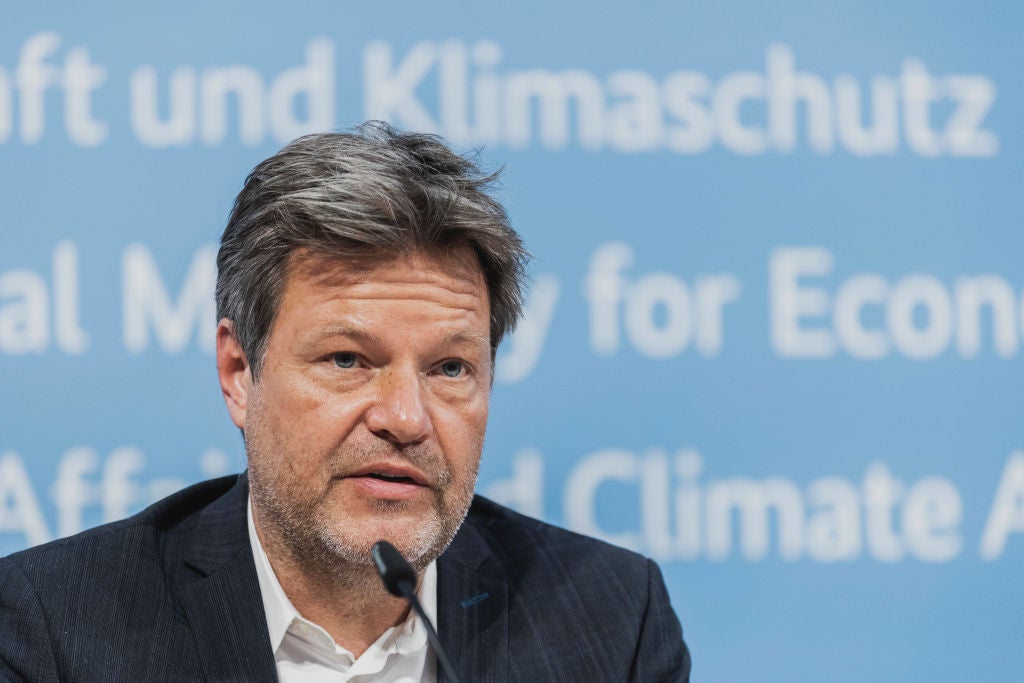
When power demand dropped as Covid-19 spread across the world, power generators made some big decisions. To adapt quickly, the most flexible forms of generation had to go, and cutting pollution was an added incentive. As a result, many coal power stations have operated significantly below capacity for most of this year.
Beyond this, many countries have started phasing out coal generation, but the coronavirus pandemic has accelerated coal’s fate. On Monday, US-based anti-coal think-tank Global Energy Monitor (GEM) reported that the world lost 2.9GW of coal generation capacity in the first six months of 2020.
The slow end of coal in Europe
Earlier this year, Great Britain celebrated a record period without coal generation, which eventually lasted 67 days. At the time of writing, the country is more than halfway to repeating the record.
Rystad Energy analysts said they believe UK coal generation will almost entirely disappear by 2023. A spokesperson told Power Technology: “This will be partly driven by the gradual decommissioning of coal power capacity and partly by fuel economics.
“Currently, gas trading prices are well below the coal-to-gas switching price, meaning that it is cheaper to generate power with gas. We are expecting gas prices to remain low over the next year, given the increasing availability of LNG.
How well do you really know your competitors?
Access the most comprehensive Company Profiles on the market, powered by GlobalData. Save hours of research. Gain competitive edge.

Thank you!
Your download email will arrive shortly
Not ready to buy yet? Download a free sample
We are confident about the unique quality of our Company Profiles. However, we want you to make the most beneficial decision for your business, so we offer a free sample that you can download by submitting the below form
By GlobalData“Unless coal prices fall further it is likely that gas will remain more competitive, meaning that gas-fired power generation will continue to push coal out of the power generation stack. Additionally, renewable power generation has continued to grow at a fast pace, especially wind generation, helping speed up the transition away from coal.”
Since the UK has legislated to retire all coal plants by 2025, this transition may not surprise many. However, the UK is far from the only country where this is happening.
GlobalData senior power analyst Somik Das said: “We estimated that the share of solar photovoltaic as a percentage of the total generation in Germany, Spain and the UK was 27.4% in 2019, and is now estimated to be more than 30%, in 2020.
“Consequently, coal-based generation in these countries is expected to take a hit of more than 10% this year. Hence, developers are expected to prefer generation from renewables as they are cost-effective and environment friendly.”
“The performance of renewables gives a silver lining to the power industry”
Germany relies heavily on coal and lignite for power, and has done since its reunification in 1990. It consumes the most coal in Europe, but now pursues a rapid transition toward renewables.
GlobalData says Germany’s Fraunhofer ISE and Spain’s Red Electrica De España each saw a month-on-month drop of more than 35% in their April coal generation. As economic activities are unlikely to restart in full swing immediately, developers in the EU countries would prefer to begin generating from cost-effective renewable energy sources soon.
Das added: “Amid the various hurdles caused by Covid-19 restrictions, the silver lining for the power sector is the performance of renewables. These were used to bridge the gap that occurred due to the temporary shutdown of the power plants reliant on fuel supply and constant administration. The industry estimates that around 39% of carbon emissions have been cut from Europe’s electricity system, and this has boosted the case for renewable systems that can operate smoothly and reliably.”
After Germany, Poland is the second-greatest user of coal in Europe. Poland relies on coal for approximately half of its power generation, and the country’s leadership has promised to support the coal industry. At a recent EU summit, it successfully negotiated to remove climate regulations surrounding post-coronavirus funding.
Despite this, mine closures have continued, and recent Covid-19 infections at coal mines have meant lower production rates. At one point in July, Emerging Europe reported that more than one in six of the country’s active Covid-19 cases were miners. Finally, earlier this week Poland declared its ambition to end coal generation by 2060 at the latest.
The country remains the only EU nation not to commit to carbon neutrality by 2050. Polish leaders have faced significant pressure from other EU member states to set targets aligned with the Paris climate agreement.
Will China be left out in the coal?
In Europe power demand remains steady or falling, enabling the switch away from coal. A similar story may soon follow in the US. In contrast, China’s power demand climbs higher every year. The country sources most of its electricity from coal, and it shows no sign of switching away from it.
In 2019, the country’s power consumption reached approximately 7.2 million GWh across the year, according to the China Electricity Council. This 4.5% growth is less than the previous year’s 8.4% expansion, and the least growth since 2015. However, this fierce rate of expansion has led China to build several coal power stations, just as other countries aim to close theirs.
China now accounts for more than 90% of all planned coal power generation capacity, according to GEM. While global coal capacity fell by 2.9GW between January and June, China completed plants generating 11.4GW and started planning 53.2GW of new plants.
These statistics seem impressive, but do not show that many of China’s current coal plants make losses and run at less than 50% of their capacity. Ultimately, until the country reveals its next five-year plan in 2021, its exact energy policy will remain uncertain.
GEM’s coal programme director Christine Shearer told Reuters: “At the very least, there will be pressure to allow the 98.5 GW under construction to carry through to commissioning, although there is also plenty of analysis at this point that suggests China would be better off financially just cancelling these plants.”








